[Obituary] Park Seo-bo's legacy in Korean contemporary art remembered
By Park YunaPublished : Oct. 15, 2023 - 19:15
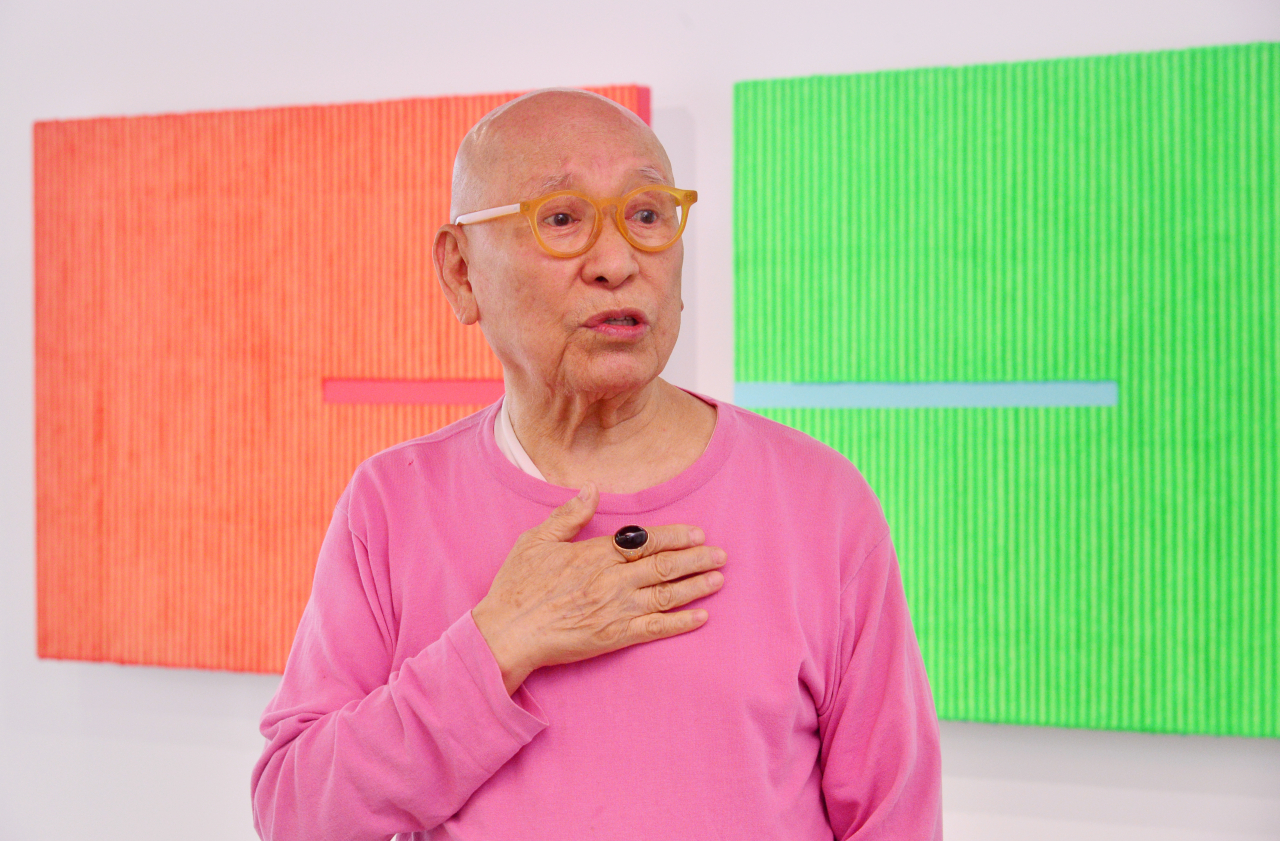
The news of the death of artist Park Seo-bo at 92 years old on Saturday was met with an outpouring of condolences from around the world, as people remembered Park's legacy and his contributions to the development of dansaekhwa movement.
Earlier this year, Park revealed that he had been diagnosed with stage 3 lung cancer. He chose not to receive treatment so that he could keep working. To continue his art, the artist said, he had decided to regard the cancer as a friend that he would live together with for the rest of his life.
Throughout his life, Park was dubbed an “untiring endeavorer,” which was borrowed as the title of his retrospective in 2019 at the National Museum of Modern and Contemporary Art, Korea.
“He was hospitalized on Thursday as he was not feeling well. He fell unconscious Friday as his health rapidly deteriorated and he passed away Saturday morning," a person familiar with the matter told The Korea Herald on Saturday.
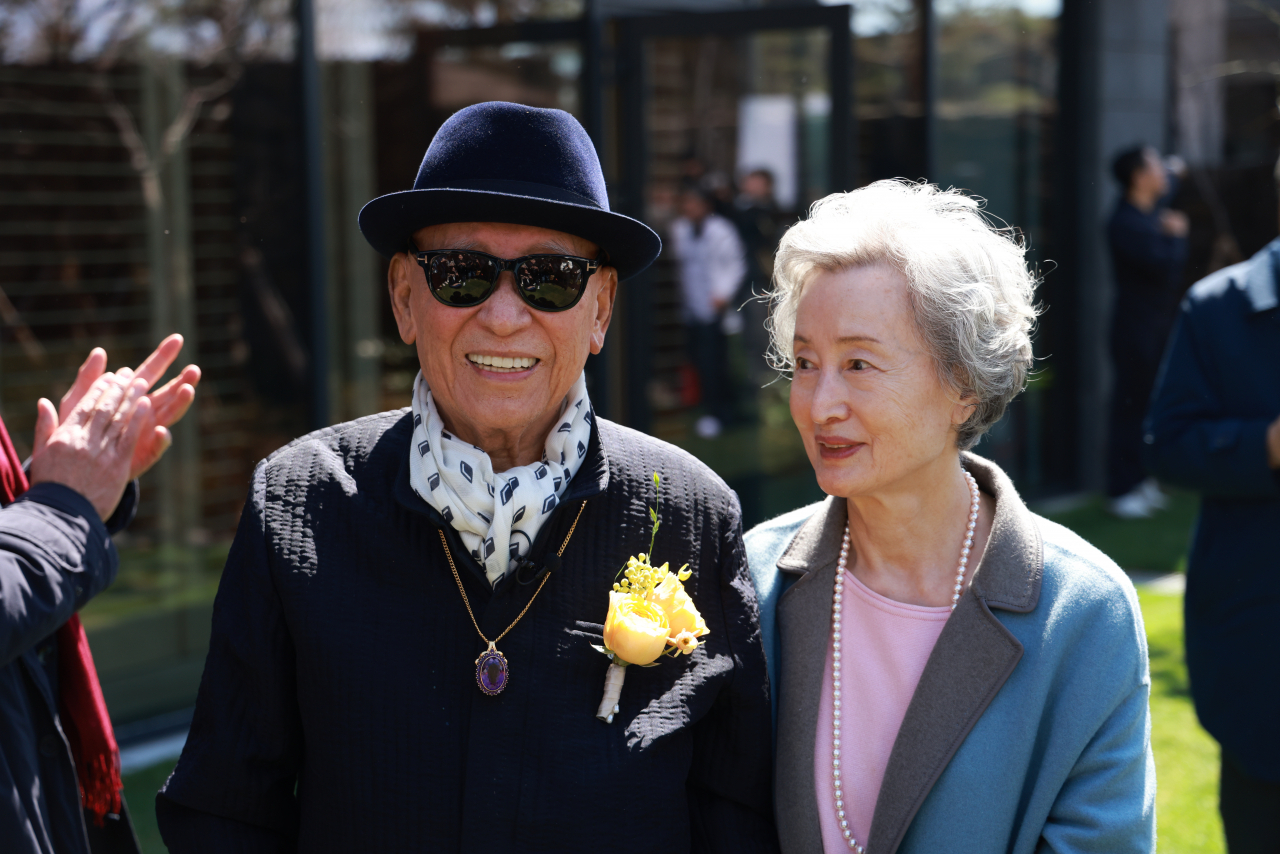
When he was admitted to the hospital, Park requested his wife Yoon Myeong-sook to finish preparing a canvas so that he could paint once he was discharged.
His death came as a surprise to his family, according to the source.
Park pioneered dansaekhwa, a genre of monochrome paintings and a movement led by a loose group of Korean artists in the late 1960s and 1970s. Dansaekhwa would later become the first contemporary Korean art genre to break through internationally.
He came to international attention at the dansaekhwa exhibition at the 2015 Venice Biennale, where a former director of London's White Cube gallery first encountered his art. Park is also represented by the UK gallery.
His works are in the collection of prestigious museums around the world, including New York's Museum of Modern Art, the Guggenheim Museum, Chicago Art Institute, Pompidou Center in Paris and Hong Kong's M+
In a 2020 interview with The Korea Herald at Gizi Art Base in Seoul, where he lived and worked, Park stressed three notions in dansaekhwa paintings: purposeless action in art, a repetitive exercise in meditation and material properties created out of the meditative action.
His early “Ecriture” series started with pencil works that involved repeatedly drawing lines with a pencil on a canvas covered with white oil paint. Later, the zigzag "Ecriture" of the 1980s and the color "Ecriture" of the 2000s followed.
In the 2000s, Park started incorporating “hanji” -- Korea's traditional mulberry paper known for its high absorption rate -- to his late "Ecriture" series, creating works reminiscent of the traditional rice farming readily found in rural areas.
Park admired nature and pursued natural quality, which was reflected in his art. Although the term “danskaehwa” was established in the art scene, Park himself did not like the term, as it could be taken to simply mean monochrome paintings. If he could name the art genre again, it would be something like “working with nature” the artist told The Korea Herald.
The term dansaekhwa stuck after the Gwangju Biennale in 2000, as art critic Yon Jin-sup applied the term to artists of the monochrome style of paintings.
Park continued developing his signature "Ecriture" series on which he worked for the past 55 years. In recent years he created "Ecriture" series in ceramics in collaboration with ceramists.
Last year, Park unveiled “Ecriture No. 190512-21,” a 2.6-meter-wide painting, in Venice, Italy. Over the pastel blue oil painting, blocks are drawn with pencil shading, each gap between the blocks looking like a breathing hole. It took almost three years to complete the painting, the artist said.

Art figures who worked with Park mourned his death, leaving messages on social media and paying respects at Seoul National University Hospital.
“Park Seo-Bo was a master of dansaekhwa and a distinguished figure in Korean contemporary art. His lifelong commitment to his art will remain a timeless legacy in Korean art history,” said Lee Hyun-sook, the founder and chairperson of Kukje Gallery, which represents Park.
“For many years, every time I visited Seoul, my visits to Park were marked by the impression of great privilege. That of meeting a great master who influenced several generations of artists. We will miss him very much,” wrote Emmanuel Perrotin, the founder of Perrotin Gallery, which opened a space in Seoul in 2016, on social media. The gallery also represents Park, promoting his art for nearly a decade since Park’s inaugural exhibition in Europe in 2014.
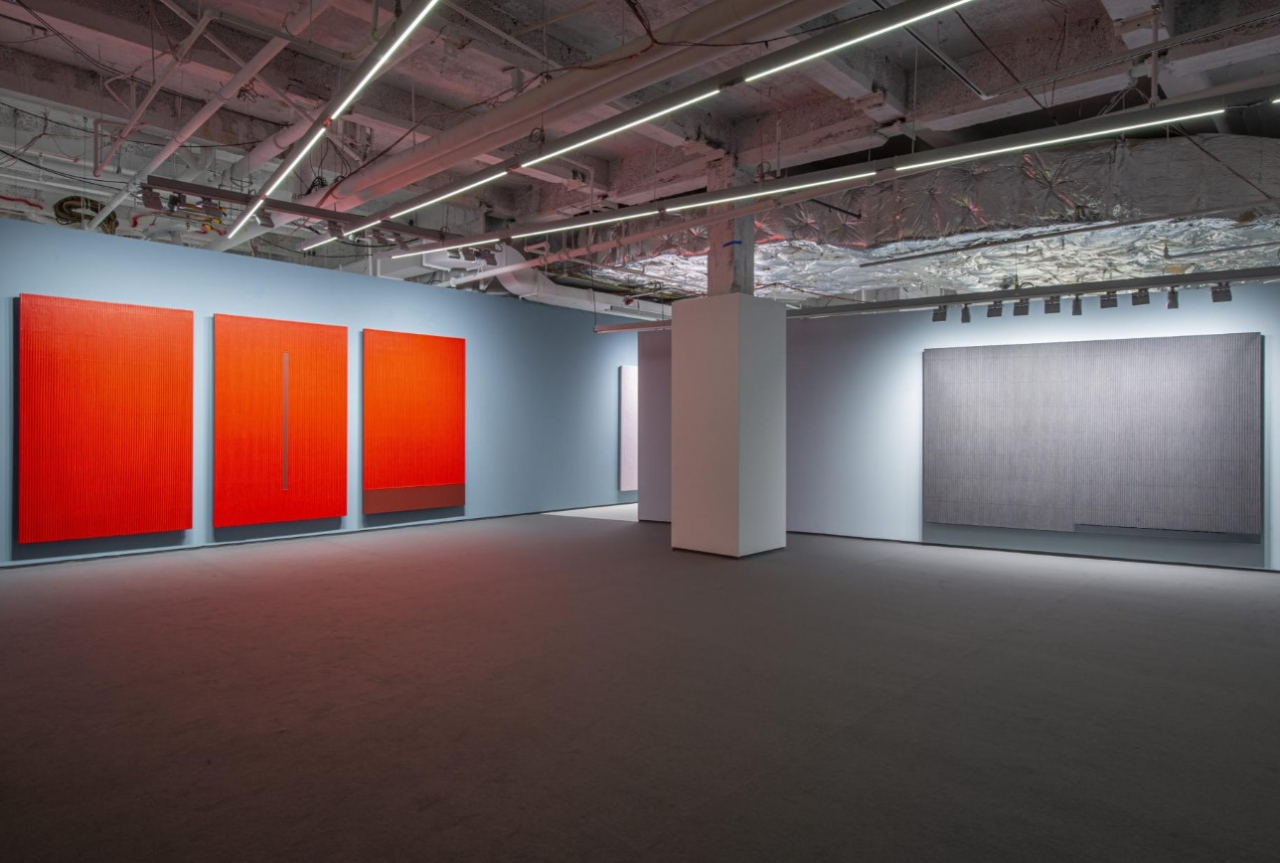
The Busan-based Johyun Gallery opened an exhibition of works by the artist to coincide with Frieze Soul in early September, showcasing 35 of Park’s latest "Ecriture" paintings for the first time. The exhibition runs through Nov. 12.
"He persisted in nurturing his passion for new exhibitions and dedicated himself to his craft until the very end. We wish to pay homage to the legacy of Park Seo-Bo, who not only excelled as an artist but also played a significant role in guiding many aspiring artists as an educator,” the gallery wrote on social media.
Park studied Western and Oriental painting at Hongik University's prestigious College of Fine Arts, graduating in 1954. In 1962 he began teaching at his alma mater, but soon left the university after he was stigmatized as a “rebellious figure” who tried to reform the curriculum. Park later said the expulsion triggered him to create his own art, “Ecriture,” constantly asking himself, “Who am I?”
“He was such a positive person and encouraged many graduate students at the university, encouraging and helping them to become contemporary artists when they were afraid to take the step to create their own art,” said a 67-year-old artist who attended the graduate school at Hongik University in 1981.
After he came back to the university, he served as dean of the university's College of Fine Arts from 1986 to 1990.
Park once told The Korea Herald that he would get “hot-tempered,” a character trait that he did not like in himself. He came up with the “Ecriture” series as a means to empty his thoughts and meditate, he explained.
Gallery Shilla, a 30-year-old gallery based in Daegu and Seoul, introduced works by dansaekhwa artists, including Park, for its inaugural exhibition in Daegu in 1992.
“Some may say he had a very strong personality, looking charismatic and stubborn as an artist who was very obsessed with his art. But he was the most caring person who would take care of his students and support other artists when South Korea’s art was little known to the world,” said Lee Joon-yub, the director of the gallery’s Seoul branch.
“His presence was like a windfall for Korean painting, which stagnated almost as soon as the country’s modernization began. … Those who knew him either adored and respected him, or deeply envied and loathed him, with no middle ground,” wrote the authors, Rosa Maria Falvo and Lee Jin-joo, in “Park Seo-bo: ‘Ecriture,’” published by Rizzoli New York in 2022.
A museum dedicated to Park is set to open next year on Jeju Island, on a site next to JW Marriott Jeju Resort and Spa, designed by Spanish architect Fernando Menis.
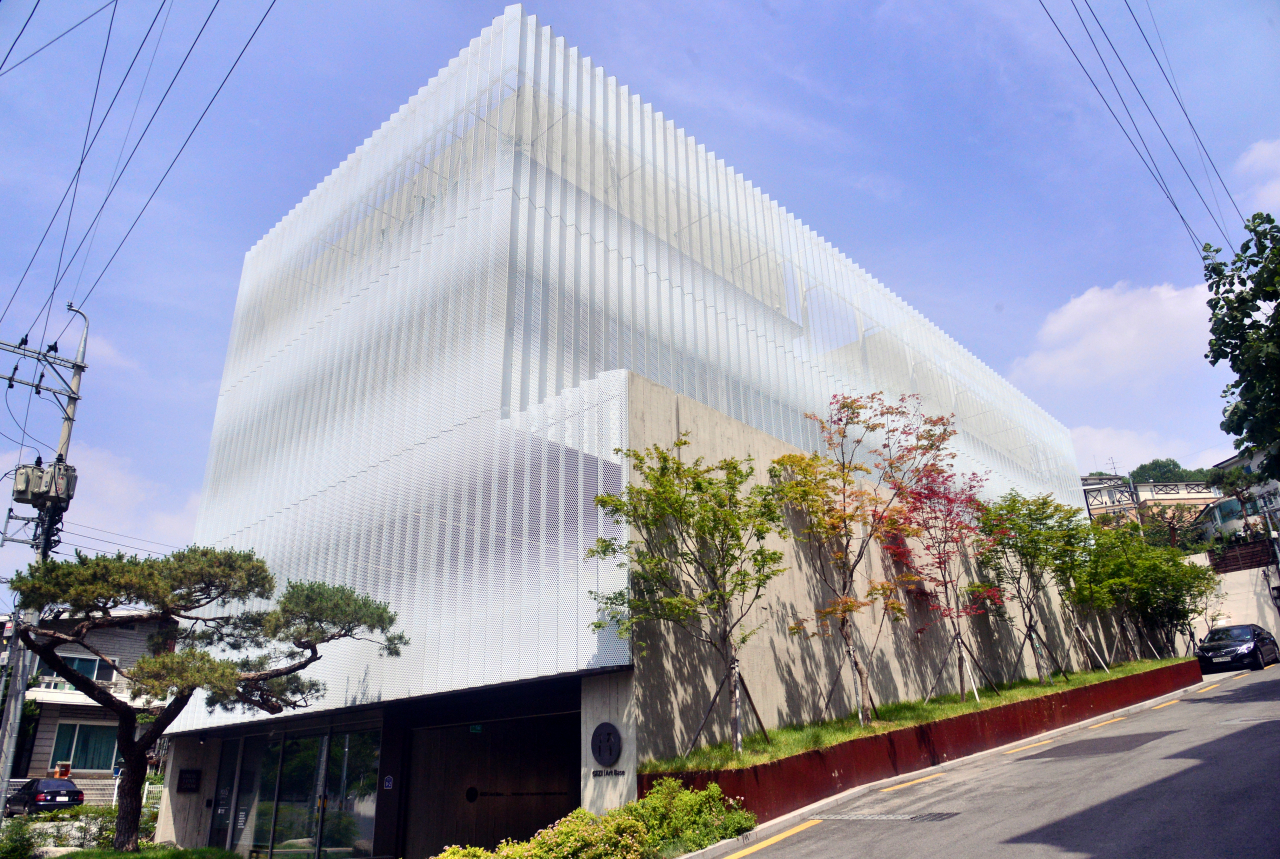
Park was strict with himself when it came to cultivating his art and would raise his voice when he had to speak hard truths or bitter words for the Korean art scene.
“So many artists jump on the bandwagon on the flow of global art. As an artist, one should spend at least five years to focus on their own art before unveiling it to the public -- to make it perfectly become part of oneself,” Park said during his interview with The Korea Herald in 2020.
“Otherwise it just becomes a superficial concept that lingers in one’s head. We are living in an era of information floods, and many artists seem nervous and eager to get recognition, like, ‘I did this for the first time.’ Such an approach will never last long,” he said.
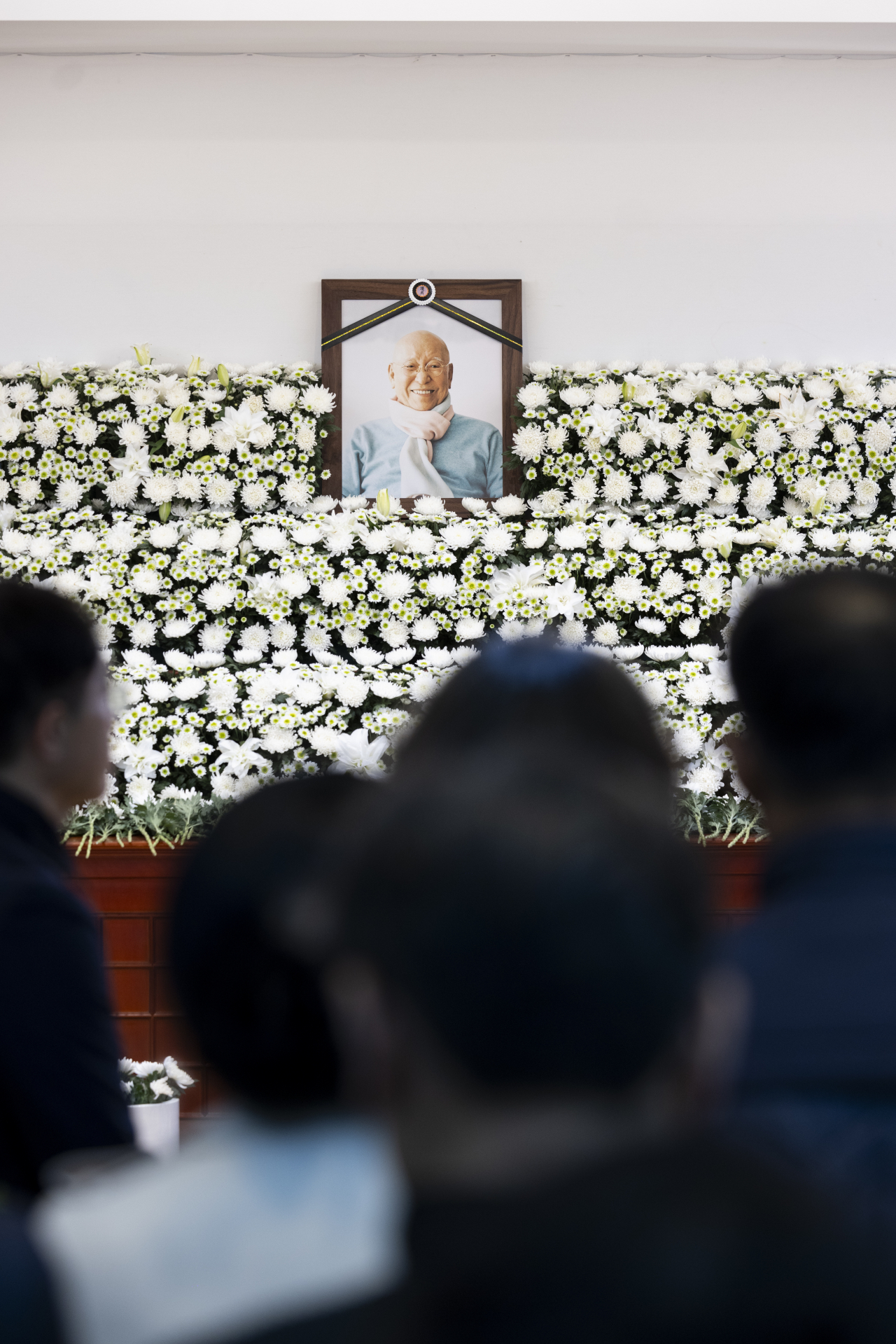
Park was awarded the country’s highest cultural honor, the Geumgwan Order of Cultural Merit, in 2021 for his contribution to Korean art.
The artist will be interred at Bundang Memorial Park in Gyeonggi Province, a site he had chosen himself.
Born in 1931 in Yecheon, North Gyeongsang Province, Park is survived by his wife Yoon Myeong-sook, two sons and a daughter.




















